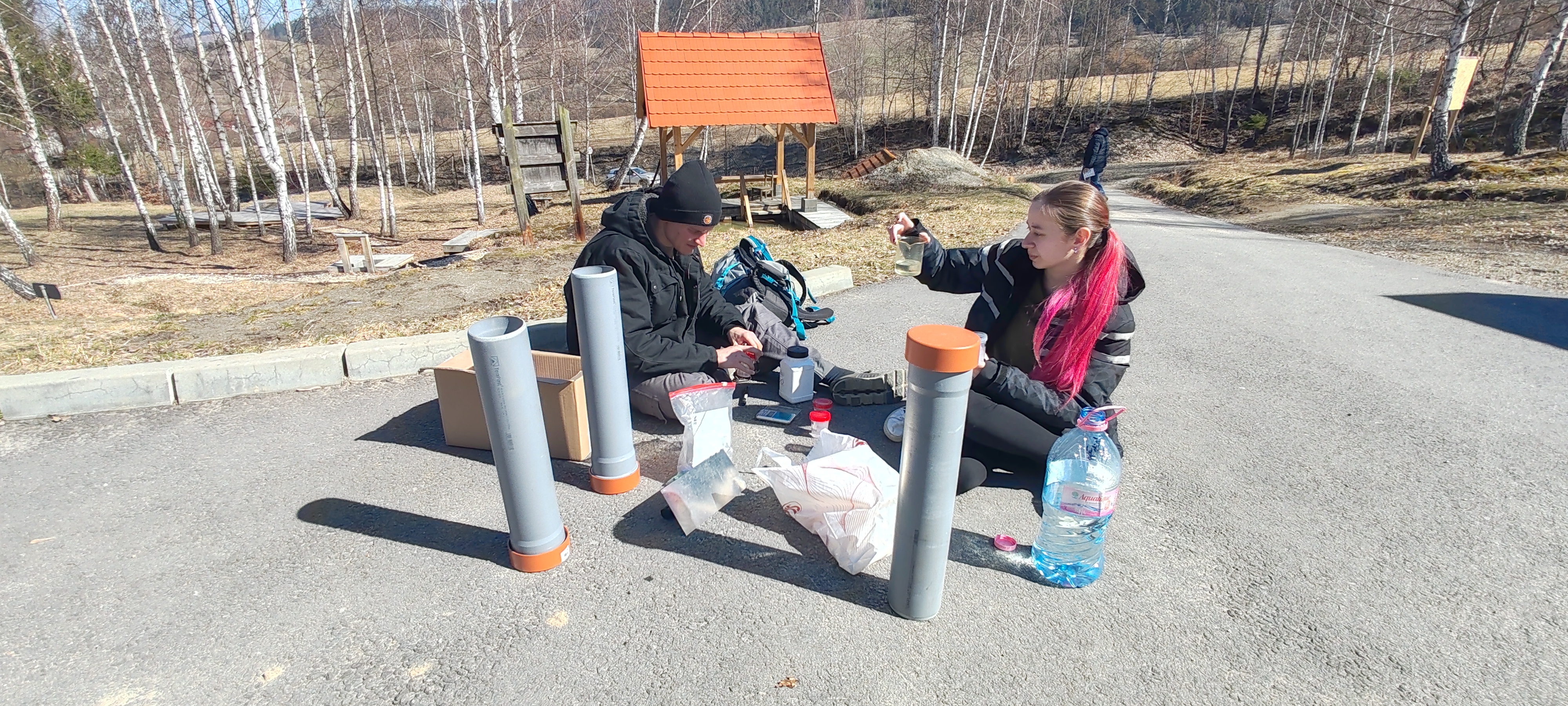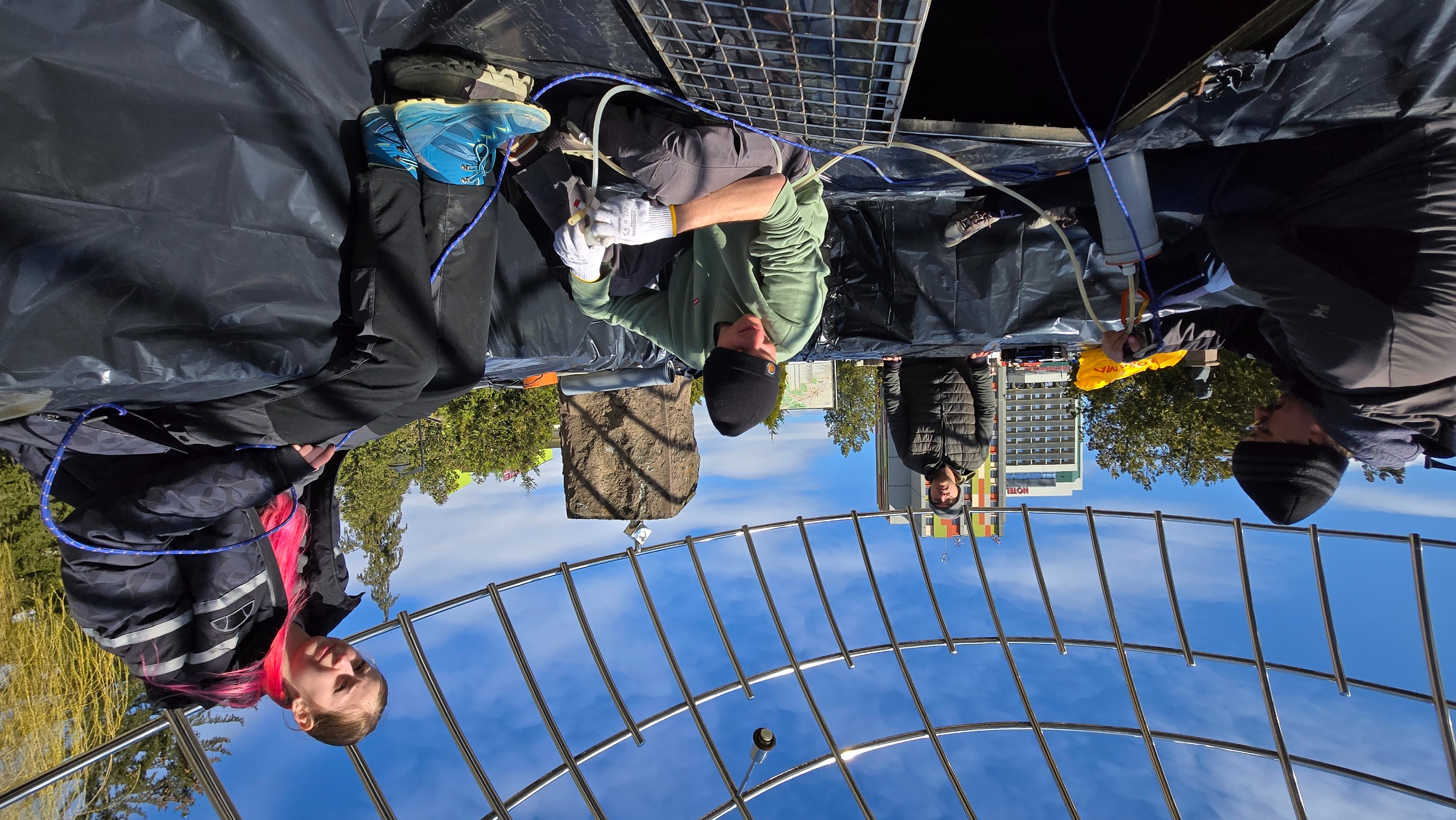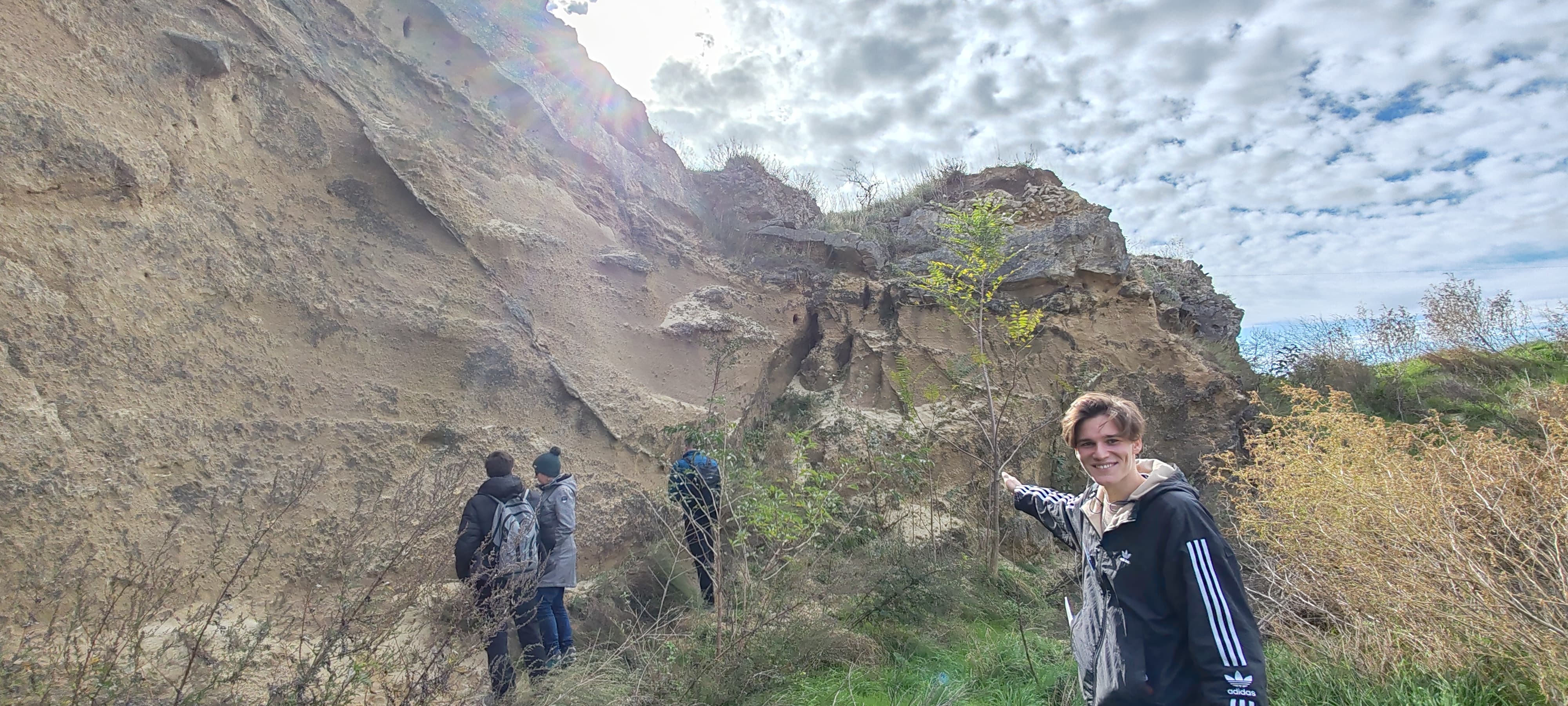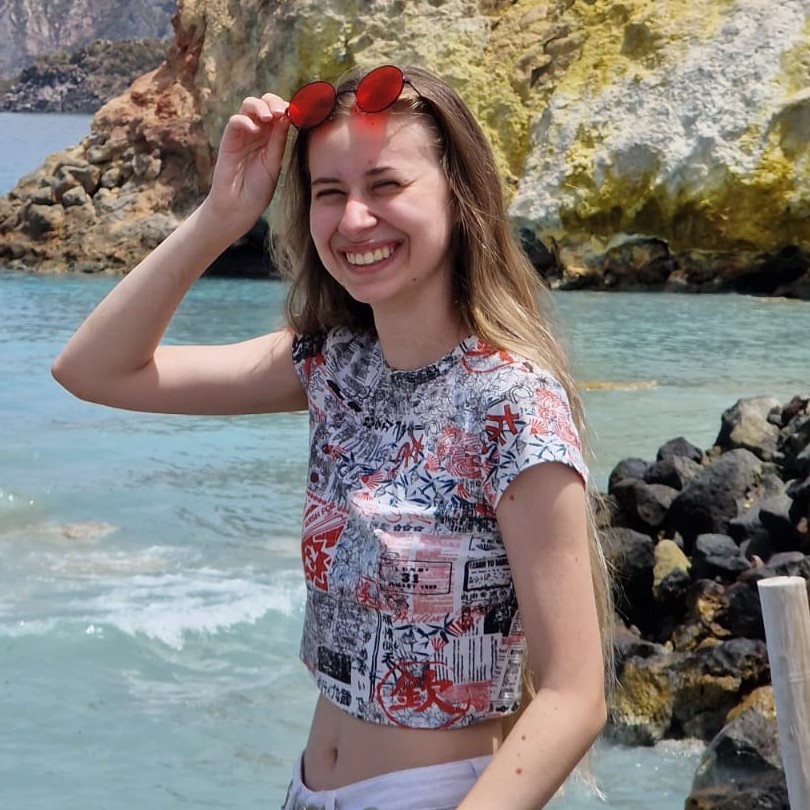2 min to read
Beyond the Lab, Discovering the Adventure of Field Research
Field-tested and hooked

I’ll start this by noting I haven’t considered research as an activity that spoke to me until recently, I always associated it with strictly lab work and so it never seemed that interesting to me. Through a couple of summer schools, I was offered to participate in a research group with some of my friends and I wanted to try it for the experience at first. Quickly though I found a new fascination in this line of work and I couldn’t be more excited about something.
Our first field campaign, obviously had to start with making and discussing our work plan for Covasna. I was pleasantly surprised to find that I could use my experience with gas sampling from one of the summer schools. Explanation and then in-situ demonstration was the best way to learn new methodology for me, since I could understand what was happening and then apply it myself. Besides the CO2 sampling, we each had to use different methodology according to our domain. For example, myself had to use a geological hammer and figuring out how to identify the best rocks for later analysis. Noticed what to look after in a flysch, what each colour meant and which zones were optimal for sampling.

Teamwork was also a very important aspect if we wanted to make this work. It was incredibly useful to have each of us a different interest, since it improved not only our relationships, but the on-field activity as well. Another side to it was having the basic understanding of what each of us was doing. Since we were helping one another both in field and later during analysis it also meant expanding our knowledge in other domains and helped us finish our work faster! Splitting into groups allowed us to get to multiple sites at once and work more efficiently.

A situation we ran into was how to get an accumulation chamber, for sampling, on an ideal level, in order to get accurate measurements. The site was a more then 3-meter-deep mineral water pool, with intense CO2 bubbling. So, we spent time figuring out a way to connect the tubes so they wouldn’t drop or move during sampling and then have it balanced on the water’s surface in order to avoid air contamination thus sampling only the gas without water coming in. For that we used two lead beads, tied them on opposite sides of the chamber and found a way to place the tubes through the stainless-steel grill and using carabiners to position it the way we wanted it.

Such moments are the ones where brainstorming came in handy and if it didn’t work on-site, we took our time assessing the situation and discussing ways of solving the problem.
I would not trade this experience for anything, it taught me how real fieldwork looks like, to think quick, helped me to form bonds, expanded my knowledge and many more skills which I’ll get to improve with every project!
(Fotos: Artur Ionescu and Ioan Chis 2025)

